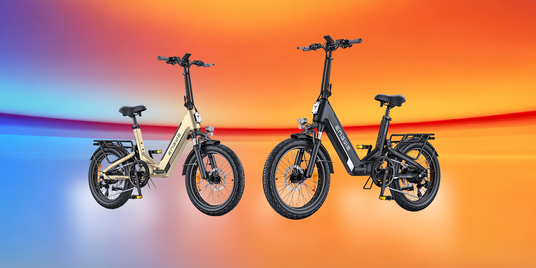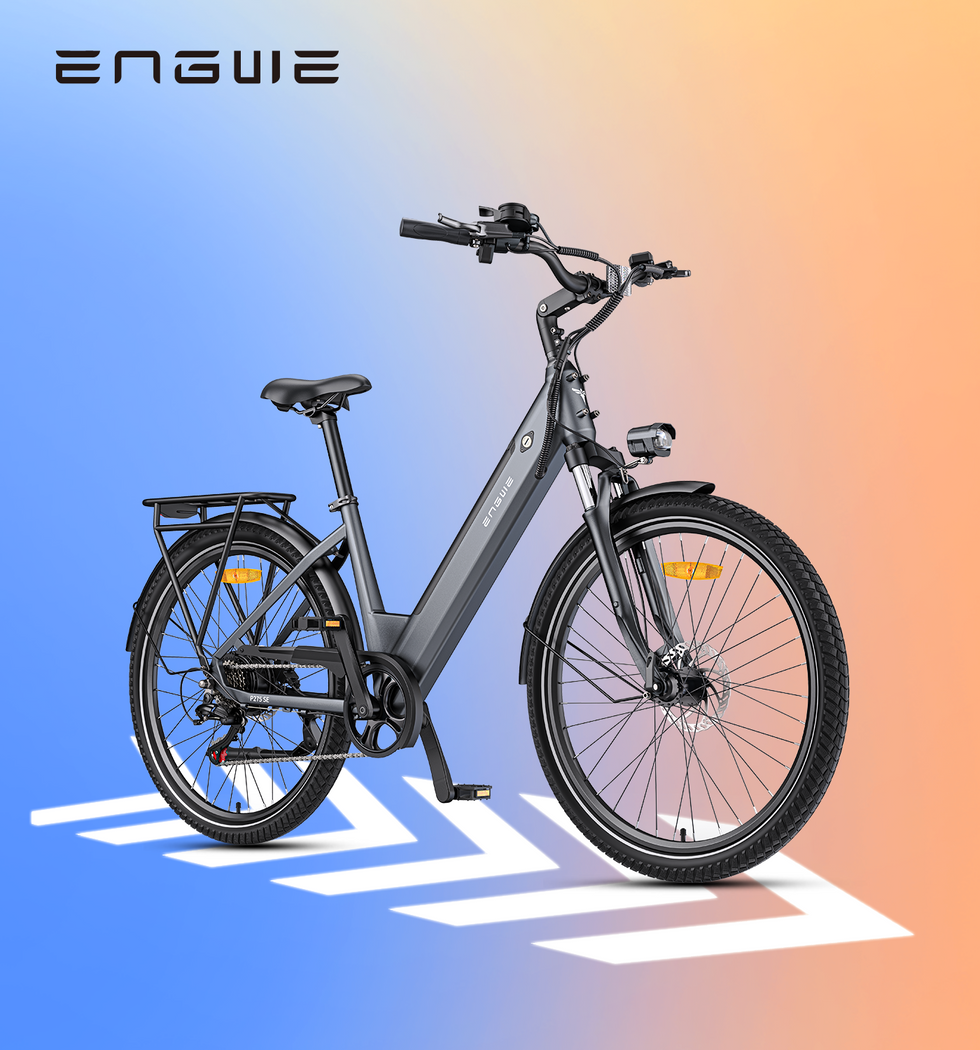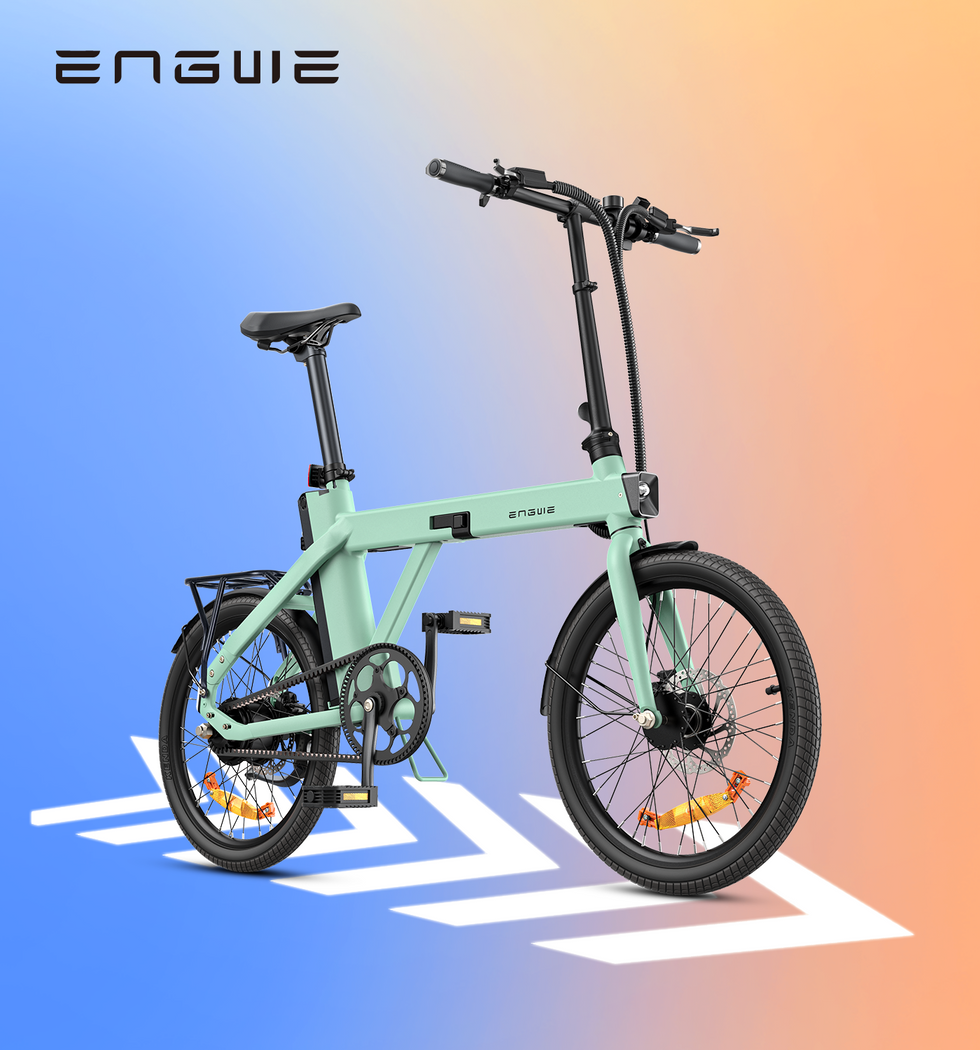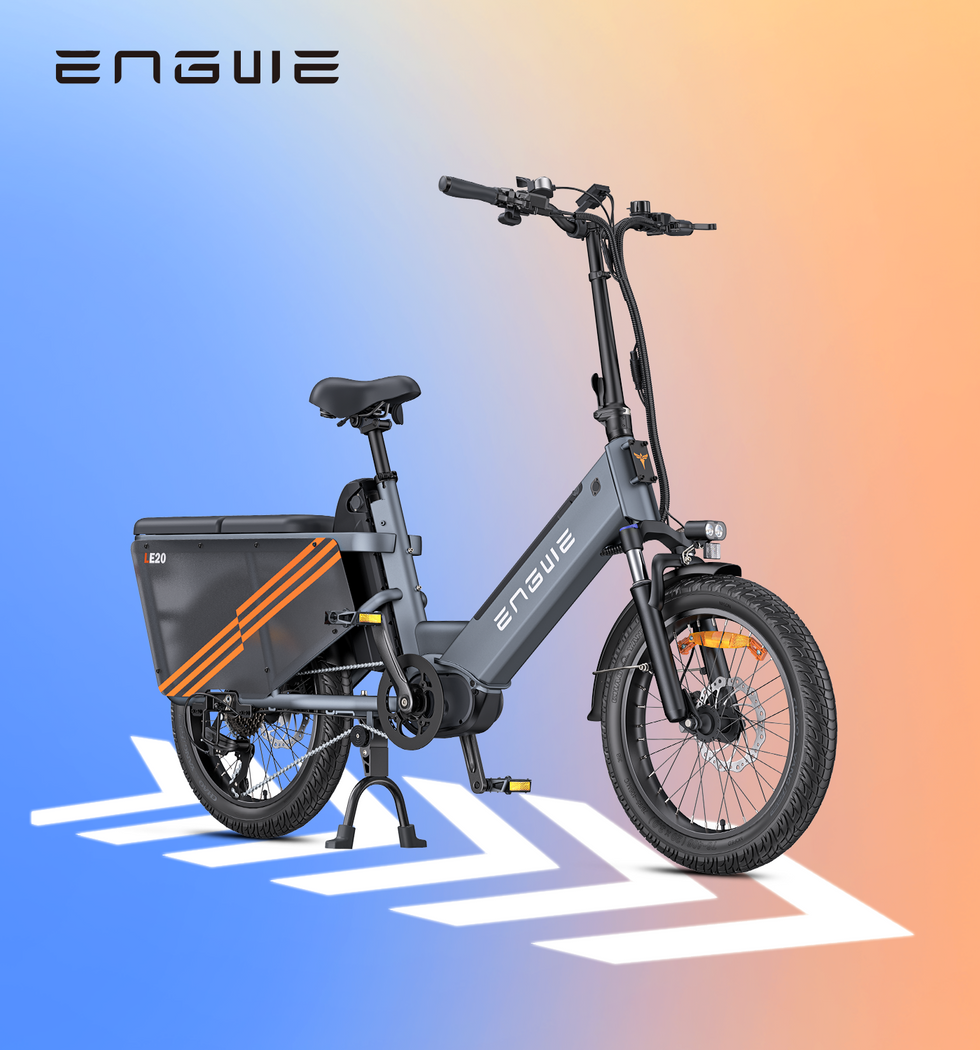The Effortless Power of a Fat Wheel E-Bike
You’ll notice the tires on a fat wheel electric bicycle the first time you lay eyes on one. They are oversized, almost cartoonishly so, and your first thought may be that it would be weighty and unwieldy. But the first time you try one, that notion goes out the window. You feel less like you’re sitting on the ground, and more like you’re riding on air. This is the special appeal of these go-anywhere machines, a combination of rugged capability and easy power that is redefining what we think is possible on two wheels. If you have been wondering what this whole e-bike thing is about, if one might be right for you and what to look for when shopping for a bike, you’re in the right spot. We uncover the whole process - from the big idea, to the day-to-day practicalities of having one.
What Makes It Special?
And what is it exactly that makes a fat wheel electric bike so special? The two key elements are the wide tyres and the electric motor. The tyres usually run four inches wide or more, much fatter than the two inches you’d find on a regular mountain bike. You run them at a far lower pressure, which causes the tyre to squirm and spread out, providing a broader contact patch with the ground. This is what equates to their "float". Rather than slicing its way through soft stuff like sand, snow and mud, the bike skates over it. They serve as giant cushions so that, whether you're riding on a bumpy gravel path or on potholed city streets, there's always a shock-absorbing barrier of comfort that ordinary bikes can never compete with. It inspires such confidence, particularly for beginners, or anyone who’s stepping off tarmac for the first time.
And, naturally, it’s the “electric” part of the equation that truly transforms that potential into real-world usability each and every day. To push those fat tyres would be one massive workout! The true enabler is the electric drive. It gives you a helping hand as you pedal, turning hills into flats and headwinds into tailwinds. It turns the bike from a niche, specialised piece of kit into a general all-rounder. Now that scenic yet completely unattainable gravel trail in your local park is your daily route. That imposingly steep hill you have to conquer on your commute is now not a problem but just a slight annoyance. It is this combination that means you can explore further and ride on surfaces that you would never be using on a regular bicycle, and not arrive at your destination looking like you have just completed the TDS! It's a true do-it-all vehicle.

Unmatched Versatility
That is where the true fun of ownership comes in: versatility. My experience with them has proven that they perform better than expected in a lot of places. A fat wheel e-bike, in the city, is not a bicycle, it’s an urban assault vehicle. Potholes, drain covers and slightly uneven tarmac that would send any road bike jolting are simply smoothed over. The wide tyres grip better on wet roads or tram tracks for an added measure of safety. But it's where it can stay the weekend that it really excels. You can literally go from a smooth bike path to a dirt path to a field of grass, all the way to the sand. It saves you the cost of owning four different bikes to achieve the same agenda. This is the bike you can ride to camp and to the grocery store and also to work. It promotes the spirit of adventure and the spontaneity that is freeing.
A Case in Point: The ENGWE EP-2 Boost
With those important functions it's worth getting a bike that puts some effort into making them reliable and easy to use. There are many brands coming up in this field, but ENGWE has made a name for itself by giving a considerate blend of performance, functionality, and features. A case in point is their EP-2 Boost. This bike is everything you love about the category. It's driven by a road-legal 250W brushless motor. Then, due to an intelligent torque sensor system, the power is provided in a smooth and natural way that follows the force you put in through your pedals. For steep gradients pressing just the Boost button will summon the 55 Nm torque of the motor and take away the pain of climbing those hills. Plus, your fat bike rides will never be the same, as the 20 x 4.0 tires, front suspension fork, and one-piece wheels provide the ultimate comfortable, smooth riding experience no matter the type of terrain. Functionality is a priority; the smart, foldable frame on the EP-2 Boost allows it to pack conveniently into a flat for simple storage or into a car boot for your days out and trips away. The 48V 13Ah battery is removable so it can be charged at home and for security, and has an astounding range of up to 120km. And it’s safe – with big 180mm front and rear mechanical disc brakes providing ample stopping power. The EP-2 Boost is a dedicated fat tyre e-bike, the whole package is built up with a Shimano 7-speed gear system, integrated lighting front and rear, full-cover fenders and a heavy-duty rear rack. The EP-2 is a complete and extensive package for anyone in their quest in becoming an enthusiast of a fat tyre e-bike lifestyle.

| Feature | Specification |
|---|---|
| Motor | 250W road-legal brushless motor |
| Max Torque | 55 Nm |
| Tyres | 20 x 4.0 inches |
| Battery | 48V 13Ah, removable |
| Max Range | Up to 120 km |
| Brakes | 180mm front and rear mechanical disc brakes |
| Drivetrain | Shimano 7-speed |
| Frame | Foldable |
| Additional Features | Front suspension, one-piece wheels, integrated lighting, fenders, rear rack |
Practical Considerations and Final Thoughts
For sure, no bike is perfect, and one has to be fair. The big question with a fat wheel electric bike is its weight and size. They are heavier than regular, non-electric bikes or those with thin tires, usually over 30 kg. It is no particular issue when you’re riding — the motor does all the heavy lifting, after all — but it is something to consider if you have to take the thing upstairs to a flat or lift it onto a car rack. This is why it’s so helpful that many designs include a collapsible frame system, which will aid with storing and transporting. And when the motor has to fight the rolling resistance of such wide tyres, you may have a hell of a time pedalling it with a completely flat battery for even a short distance. It’s something to keep in mind though in the dizzyingly large ranges modern batteries offer, a rare occurrence for most riders who remember to charge their bike.

At the end of the day a fat tyre electric bike is all about comfort, variety of terrain you can ride on, and confidence. It’s for the rider who doesn’t want to be restricted by terrain. It is for the commuter who seeks the smoothest possible ride over crummy city streets. It is for the sporty type who seeks one electric bike that is sporty in the mountains, at the beach and on the road. It is a machine that prompts you to say “yes” to new rides and new experiences, cutting through barriers of physical terrain, and inspiring you to ride that much further, for that much longer. Floating over terrain that would throw a regular bike off its line, a fat wheel e-bike possesses all the best elements of gravel riding.
It’s not about A to B. It’s about everything in between.
Frequently Asked Questions
1. Can I ride a fat wheel electric bike in the UK?
Yes, they are completely legal to use here in the UK as long as they meet standard EAPC (Electrically Assisted Pedal Cycles) specifications. This would imply that the motor is limited to 250 watts of maximum continuous power, and the electrical assistance is cut off when the bicycle's travelling speed exceeds 15.5 mph (25 km/h). In addition, the bike needs to fall within the category of pedal-assist, so the motor kicks in only when you pedal. There is no licence, tax or insurance required for a bike meeting these standards, and you can ride them anywhere you could a normal bicycle, such as on roads and cycle paths.
2. How bad is maintenance on one of these bikes?
Maintenance is also so easy, no harder than a normal bike, just with a few other things thrown in there. You’ll have to do the normal things – keep the tyres at the right pressure (which is far lower than on a regular bike), clean and oil the chain and check the brakes – but really, if the weather had allowed, we could have taken this out of the box and started riding right away. The primary extra thing you’ll need to do is take care of the battery. For best results in terms of battery life, you should try not to run the battery down until it’s completely empty every time, store it in a dry, cool place and be careful not to expose it to very hot or cold temperatures. All of the electrics - motor, controller etc are sealed and should require no regular 'user' attention.
3. How long does it take before the battery must be replaced?
The life of a current e-bike lithium-ion battery is generally judged in the number of charge cycles. The vast majority of batteries are rated to last 500 to 1,000 full charge cycles before they are noticeably degraded. For an average rider this means about three to five years of normal usage. A “full charge cycle” refers to going from 100% to 0% and then back to 100%. Charging the battery from 50% to 100% twice would be considered one charge cycle. You will get many years of reliable usage with proper maintenance before you need to purchase a replacement.
4. Is it hard to pedal if the battery dies?
Yes, they’re harder to pedal with no assist than any of the lightweight non-electric bikes. This is down to a number of factors, from the bike’s overall heft (motor, battery and robust frame) to greater rolling resistance in those wide, low-pressure tyres. You can definitely pedal one home if the battery dies — even on flat ground — but it will be very hard work. Consider it an emergency mode, not your run-of-the-mill way of riding. This is also not a common situation for most riders, as the batteries on new models are huge.
5. Is an electric bike with a fat wheel good for commuting as a daily driver?
Depending on your commute, this can be fantastic. Its main pros are convenience and safety. The fat tyres soak up bumps from potholes and rough roads, resulting in a far smoother ride. A larger contact patch also has better grip in wet or slippery conditions. The main drawback is weight. If your commute includes hoisting the bike up and down steps at home or the office, it won’t be long before you begin to resent a fat tyred clunker. But if you’ve got ground-floor storage, and your commute is more about riding than it is other factors, its comfort, stability and all-weather performance are fantastic and supremely practical.



